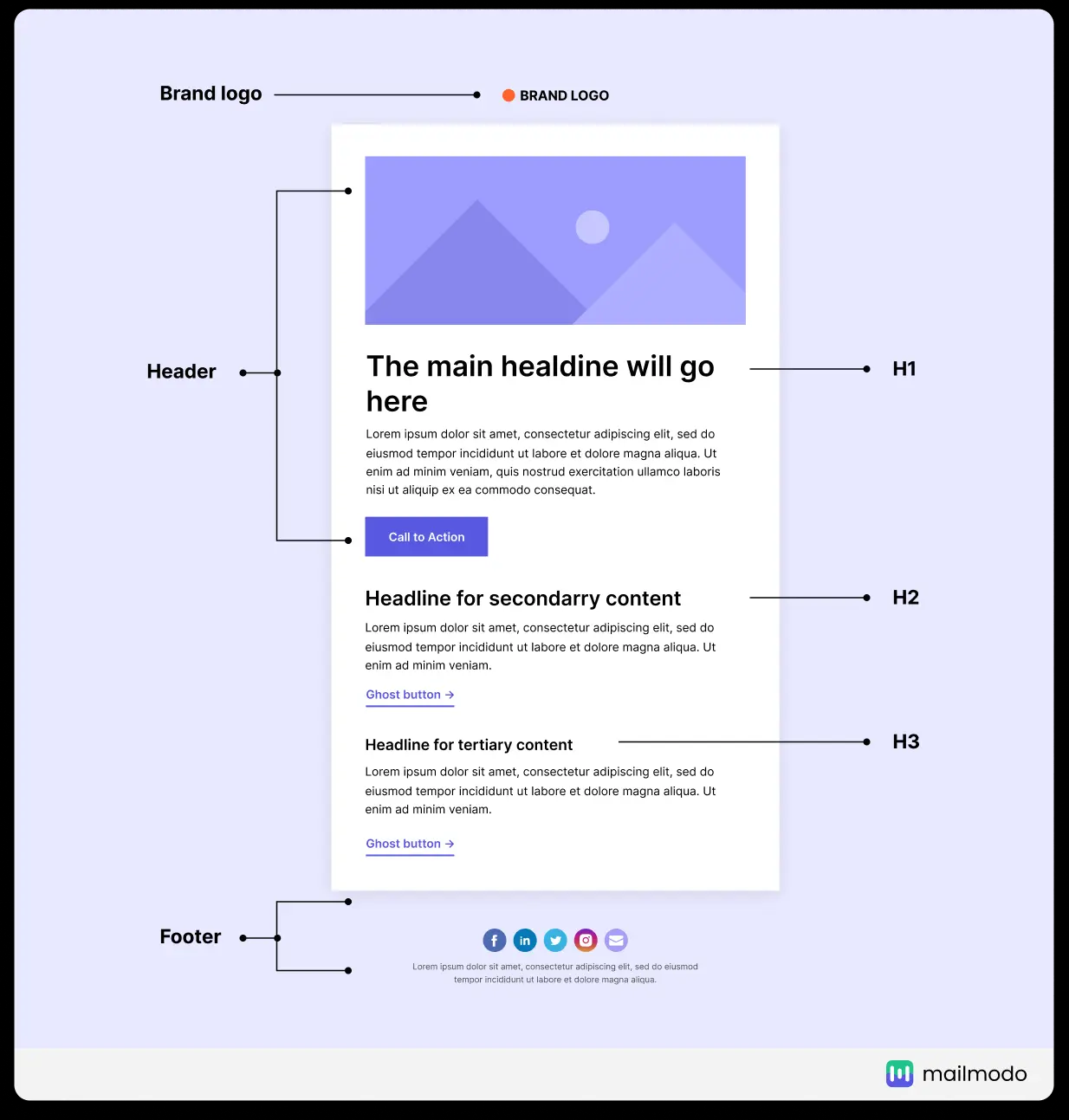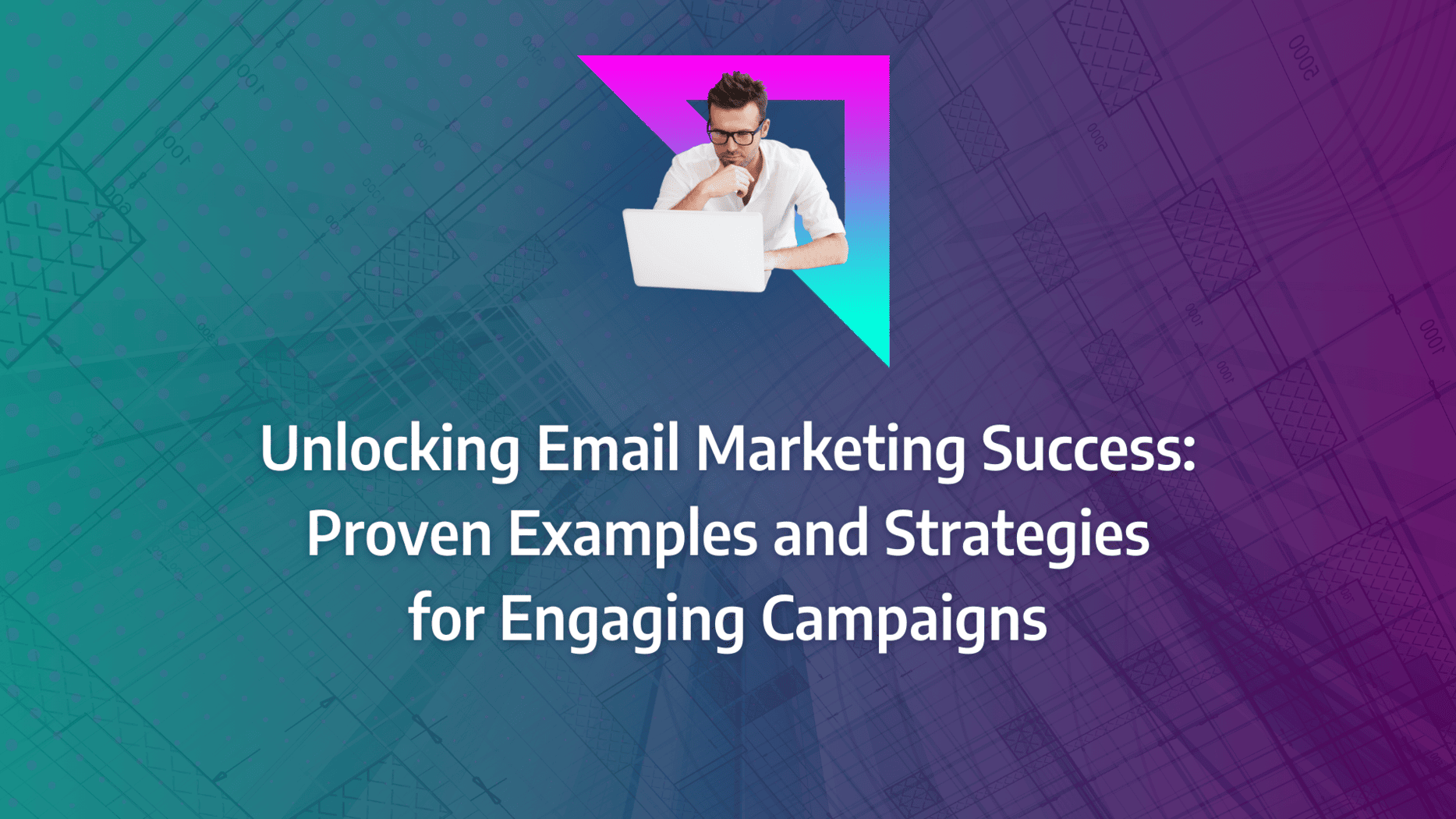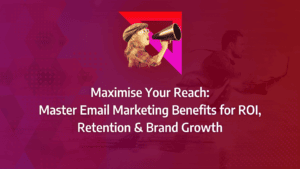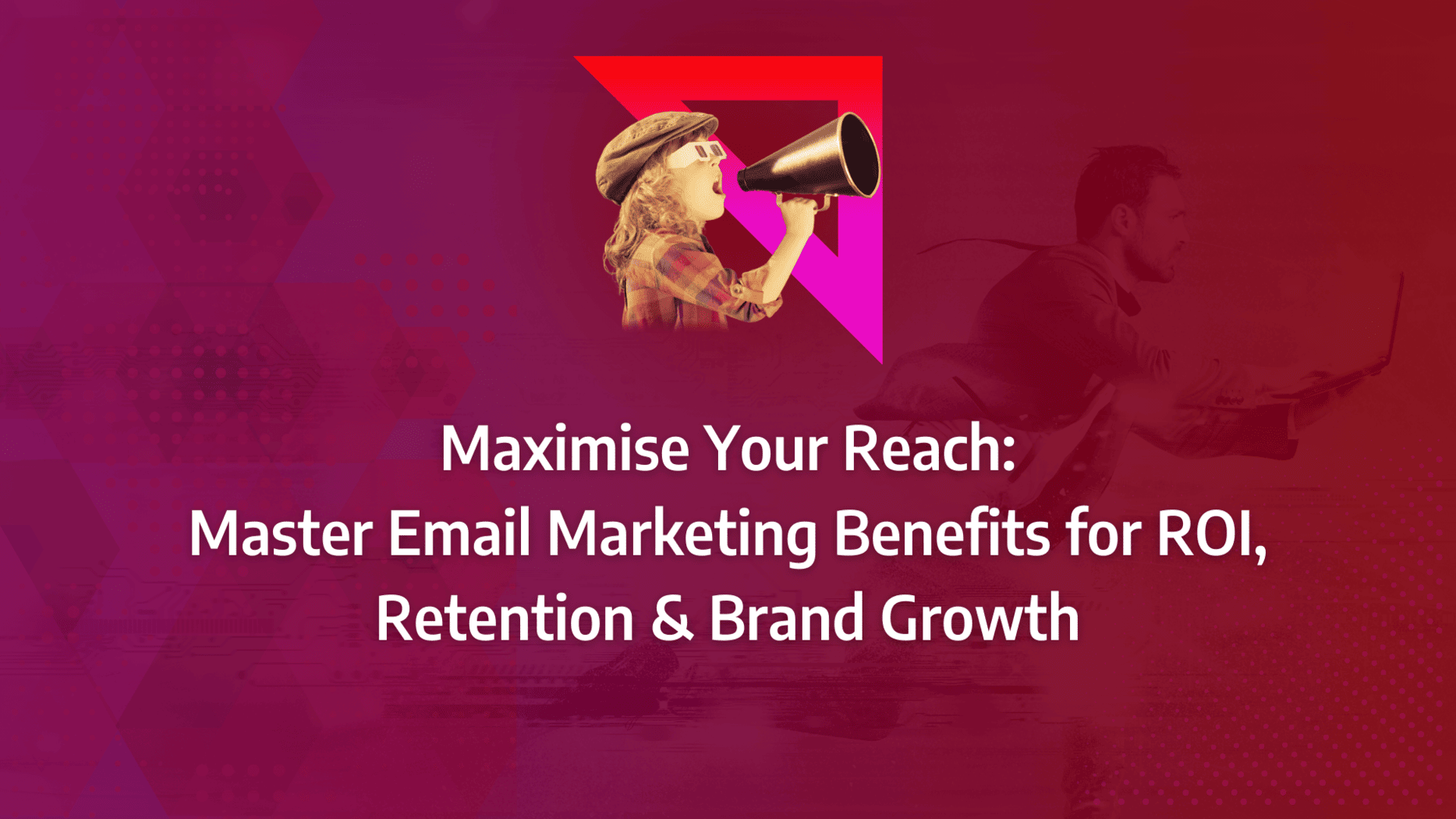How can you craft emails that not only get opened but also drive action? The answer lies in mastering the art of engaging campaigns, and this guide is here to walk you through it step by step.
With actionable insights on personalisation and content optimisation, you’ll discover the key elements that make an email campaign truly effective. Ready to unlock the full potential of your email marketing efforts? Let’s dive into the strategies that can elevate your campaigns and boost your results.
- Craft Engaging Subject Lines: Focus on creating subject lines that grab attention and encourage opens, leveraging curiosity, relevance, and personalisation.
- Optimise Email Content: Ensure your email content is concise, valuable, and aligned with the recipient’s needs, using clear CTAs to drive action.
- Leverage Personalisation: Tailor your email campaigns to individual recipients by segmenting your audience and customising content to increase engagement.
- Utilise Email Automation Tools: Implement automation tools to streamline your email marketing processes, from scheduling to segmentation, ensuring efficiency and consistency.
- Measure Campaign Success: Track key metrics such as open rates, click-through rates, and conversions to evaluate the effectiveness of your email campaigns and refine your strategies accordingly.
- Avoid Common Pitfalls: Steer clear of overwhelming your audience with too many emails and ensure your content is relevant to avoid disengagement.
Email Marketing Basics and Its Benefits for Your Business
Email marketing entails crafting and distributing engaging, informative, and personalised emails to your subscriber list. This strategy is pivotal in driving sales and enhancing brand engagement. Email marketing can manifest in various forms, such as promotional emails, loyalty programmes, reviews, testimonials, and newsletters, each serving distinct purposes within your overall email marketing framework.
Five Reasons Email Marketing Is Critical for Converting Leads
1. Superior to Social Media Marketing
While platforms like Facebook, Instagram, Twitter, and Snapchat are excellent for engaging a broad audience, email marketing proves to be more effective in converting leads into customers. This is primarily achieved by directly targeting prospects and offering solutions to problems they might not have anticipated. This targeted approach is a cornerstone of email marketing optimisation.
2. Cost-Effective
Email marketing stands out as a cost-effective strategy for delivering engaging content and connecting with your target audience. Startups and small businesses looking to expand their client base should particularly consider email marketing optimisation as a primary tactic in their marketing strategy.
3. Direct and Personalised Messaging
Segmenting your audience into specific email lists allows you to send personalised emails that resonate deeply with each recipient. Personalisation can be achieved by addressing recipients by their first names, offering customised loyalty programmes, or using personalised language such as ‘you’ or ‘your.’ These seemingly minor adjustments can significantly enhance customer retention, showcasing the efficacy of a well-structured email marketing framework.
4. Action-Driven Engagement
Email marketing excels in driving traffic to your website and increasing sales through various actions such as email click-throughs, sign-ups, purchases, or forwards. Employing email automation can save time and significantly boost conversion rates, illustrating a prime example of email campaign optimisation.
5. Measurable Metrics
Monitoring your email open rates and click-through rates is crucial for assessing the success of your email marketing efforts. These metrics provide insights that allow for continuous improvements, helping you achieve your email marketing goals and showcasing effective email marketing examples.
What Matters Most?
Building a quality subscriber list is far more valuable than merely focusing on quantity, as engaged audiences lead to higher conversion rates. Leveraging segmentation for targeted messaging significantly boosts open and click-through rates, allowing for more personalised communication. Additionally, developing a content calendar for email campaigns helps maintain a cohesive messaging strategy, ensuring that our initiatives align with broader marketing goals and resonate effectively with our audience.Get In Touch
The Best Types of Email Marketing to Engage Your Audience
In the realm of email marketing, understanding the different types of campaigns and their unique benefits can significantly enhance your strategy. Here, we delve into four highly effective types of email marketing that can elevate engagement, retention, and conversion rates within your comprehensive email marketing framework.
1. Email Newsletters
Email newsletters are a powerful tool to enhance buyer retention, engagement, and loyalty. They serve as a versatile platform for promoting new products, announcing upcoming webinars, and sharing recent blog posts. To maximise the impact of your newsletters, always incorporate FAQs or announcements of recent product deals, ensuring that your content remains relevant and valuable to your target audience. This form of communication is a prime example of email marketing optimisation in action.
2. Acquisition Emails
Acquisition emails are designed to drive leads through your conversion funnel, expanding your customer base and targeting potential leads effectively. This type of email marketing specialises in building your email list through various methods such as engaging landing pages, pop-ups, lead magnets, and attractive offers. By integrating these elements into your acquisition strategy, you create a robust email marketing framework that continuously nurtures and grows your audience.
3. Retention Emails
Maintaining engagement with your loyal customer base is crucial, and retention emails are key to this effort. These emails can take various forms, including ‘Thank you’ post-purchase emails, cart abandonment emails, reminder emails, and milestone emails. Enhancing retention emails through personalisation, engaging calls-to-action (CTAs), and email list segmentation ensures that your messages resonate deeply with recipients, fostering long-term loyalty. This strategy exemplifies effective email marketing optimisation by maintaining consistent and meaningful customer interactions.
Source: Litmus
4. Promotional Emails
Promotional emails are essential for boosting brand awareness and driving email sign-ups. They can include special holiday offer emails, event announcement emails, and exclusive deals. To optimise the effectiveness of your promotional emails, focus on incorporating engaging CTAs, personalising your content, conducting A/B testing, and including entertaining elements such as GIFs and memes. This approach not only attracts attention but also enhances the overall user experience, demonstrating practical email marketing examples.
5. Welcome Emails
Welcome emails are a friendly and engaging method to introduce new subscribers to your products and services. Including a warm greeting like “Hi” can significantly boost your email open rates. For instance, MarketingSherpa effectively personalises their welcome emails by incorporating “Hello Pam” in the subject line, making new subscribers feel acknowledged and welcomed. This strategy is a prime example of email marketing optimisation.
6. Event Newsletters
Event newsletters are an excellent tool for attracting new leads and expanding your email list. Introducing event-focused newsletters in your email marketing campaigns can inform your audience about upcoming events, thereby enhancing brand credibility and driving engagement. An exemplary email campaign example from Cmworld features engaging event newsletters with eye-catching imagery and clearly highlighted event dates. Additionally, Cmworld includes links to event guides, reassuring their audience of their support and expertise.
7. Survey Emails
Survey emails are a fantastic way to gather insights and foster engagement. As part of their email marketing strategy, Uberflip invites their clients to share feedback and contribute to their articles through surveys. This approach not only drives brand recognition and engagement but also boosts email click-through rates. It exemplifies how an effective email marketing framework can integrate feedback mechanisms to enhance customer rapport.
8. Announcement Emails
Announcing new products, offers, services, or free trials is a critical aspect of email marketing campaigns. These emails can create a sense of urgency and significantly increase email click-through rates. Atlassian, for example, expertly employs announcement emails with engaging CTAs to direct customers to their website, showcasing a perfect email marketing example of driving action and boosting conversions.
9. Exclusive Content
Offering exclusive content is a powerful way to build loyalty and enhance brand recognition. Both Hubspot and Digital Marketer have elevated their email marketing campaigns by providing free, thought-leading content to their subscribers. For instance, Hubspot offers a free ‘Marketing Agency Growth Report’, while Digital Marketer provides a free ‘Email Marketing Metrics Guide’. These exclusive offers not only strengthen buyer loyalty but also enhance brand credibility, demonstrating effective email marketing optimisation.
Our Tactical Recommendations
From our experience, utilising A/B testing for subject lines is crucial, as it reveals insights into what truly resonates with your audience, enabling more effective campaigns. Clients often find that regularly cleaning their email list not only helps maintain a healthy sender reputation but also improves engagement metrics over time. Moreover, investing in automation for repetitive tasks allows teams to focus more on strategic initiatives and creative content development, ultimately enhancing overall marketing effectiveness.Get In Touch
What advanced tactics can improve my email deliverability and mobile optimisation?
Understanding Email Deliverability
Email deliverability is the capacity of your emails to reach recipients’ inboxes without being flagged as spam. Key factors influencing deliverability include sender reputation, email content, and recipient engagement. For example, a sudden surge in email frequency can trigger spam filters, negatively impacting deliverability.
Source: Zippia
Implementing Authentication Protocols: Utilise email authentication protocols such as SPF, DKIM, and DMARC. These protocols authenticate that your emails are legitimately from you, reducing the chances of being marked as spam. For instance, setting up DKIM adds a digital signature to your emails, confirming their authenticity and bolstering your email marketing framework.
Managing Bounces and Complaints: Consistently monitor and manage email bounces and spam complaints. Remove hard bounces (permanent delivery failures) immediately from your list, and retry sending to soft bounces (temporary issues) a few times before removal. Promptly addressing these issues helps maintain a healthy sender reputation, essential for effective email marketing optimisation.
Content Optimisation: Avoid spam-triggering words in your email content and subject lines. Regularly test different versions of your emails to identify elements that might affect deliverability. For instance, an email with ‘Free’ in the subject line may have lower deliverability compared to a more neutral subject line. This practice is crucial for maintaining a high-performing email marketing framework.
Optimising for Mobile-Friendly Email Layouts
In today’s digital age, a significant portion of emails are opened on mobile devices. Ensuring your email design is responsive, adapting to various screen sizes for optimal viewing, is paramount. An email that looks excellent on a desktop might be unreadable on a smartphone if not properly optimised, impacting your overall email marketing examples.

Responsive Design Techniques: Employ responsive design techniques in your email templates. This includes using fluid layouts that adjust to screen size, scalable images that resize automatically, and touch-friendly buttons with adequate space to prevent accidental clicks. For example, buttons should be large enough for easy tapping on a mobile device, enhancing user experience and exemplifying email marketing optimisation.
Testing Across Devices and Platforms: Before sending out an email, test it across various devices and email clients to ensure compatibility. Tools like Litmus or Email on Acid can simulate how your email will appear on different devices, helping you identify and rectify issues. For instance, an email might display differently on an iPhone compared to an Android device. This practice ensures a seamless experience across platforms, a critical component of any effective email marketing framework.
Simplifying Email Content for Mobile: Given the smaller screen size, it’s essential to simplify your email content for mobile viewers. Use shorter paragraphs, larger font sizes, and clear calls-to-action. For example, a concise, compelling CTA can significantly boost click-through rates on mobile devices, demonstrating practical email campaign examples.
Leveraging Mobile-Specific Features: Utilise mobile-specific features to enhance the user experience. This includes using mobile-optimised images, integrating phone numbers that can be tapped to call directly, and including location-based services if relevant. For example, a restaurant’s email campaign could feature a ‘Call to Book’ button that directly dials the restaurant when tapped, showcasing effective email marketing examples tailored for mobile users.





